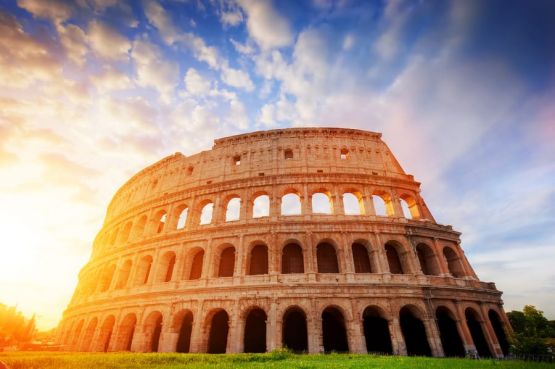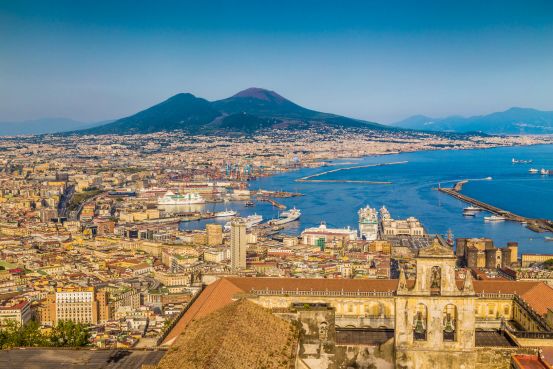And, the activities that were held at the Colosseum were an indication of Ancient Rome’s fierce reputation. With Avventure Bellissime – the Italian tour experts – you can explore the Colosseum in Rome and travel back in time to find out what it was like to be in this imposing amphitheatre in Roman times.
A gift to the people of Rome
The Colosseum was originally commissioned in 70-72 AD by Emperor Vespasian. It was a gift to the people of Rome. Perhaps a sign that he wanted to put public welfare back on the agenda, following Nero’s rule. Nero’s rule and the years directly after his death had been dominated by misrule and fighting. Vespasian and his sons, who became known as the Flavian Emperors, wanted to restore the authority of the Senate and prioritise public welfare.
Symbolic site
The site of the Colosseum is symbolic too. It sits just east of the Roman Forum and on the site of a grand golden palace that Nero had built himself. Vespasian returned this land to the people of Rome by building the Colosseum upon it. He was motivated by the fact that he’d won his title in the civil wars that preceded and followed Nero’s death and so wanted strengthen his position with the public.
So, the Colosseum was a gesture and was completed by AD 80 – which was a relatively short space of time for such a magnificent building. Titus, who had by then succeeded his father, Vespasian, marked its opening with 100 days of games which included gladiatorial battles and animal fights.
An audience of 50,000 romans
The Colosseum was, and remains an imposing structure, measuring 190 metres by 155 metres. In its day, it could hold around 50,000 people. They were crammed in and potentially sat in spaces according to their social class to watch gladiatorial battles, wild animal fights, or mock naval battles – where the lower part of the amphitheatre was flooded with water. The people who fought there – the gladiators were usually criminals, slaves or prisoners of war. They were men, and some women, who were condemned.
Changing tastes and abandonment
The Colosseum of Rome was used for around 400 years until the status of the Roman Empire changed along with the tastes of the public who perhaps no longer wanted to watch such savagery. At that stage the structure had also suffered some damage from natural phenomena like lightening and earthquakes.
From then onwards the Colosseum was more or less abandoned. Some of the materials in its structure were stripped out used for building churches, Palazzo Venezia and fortifications against the river Tiber that regularly flooded the city.
From a potential wool factory to a sacred siteThen in the 1700s the Colosseum became a focus once more, mainly of the Popes of the age. One wanted to turn it into a wool factory to give prostitutes work. Then, later Popes of that period began to try to conserve the area as they saw it as a sacred site.











Comments